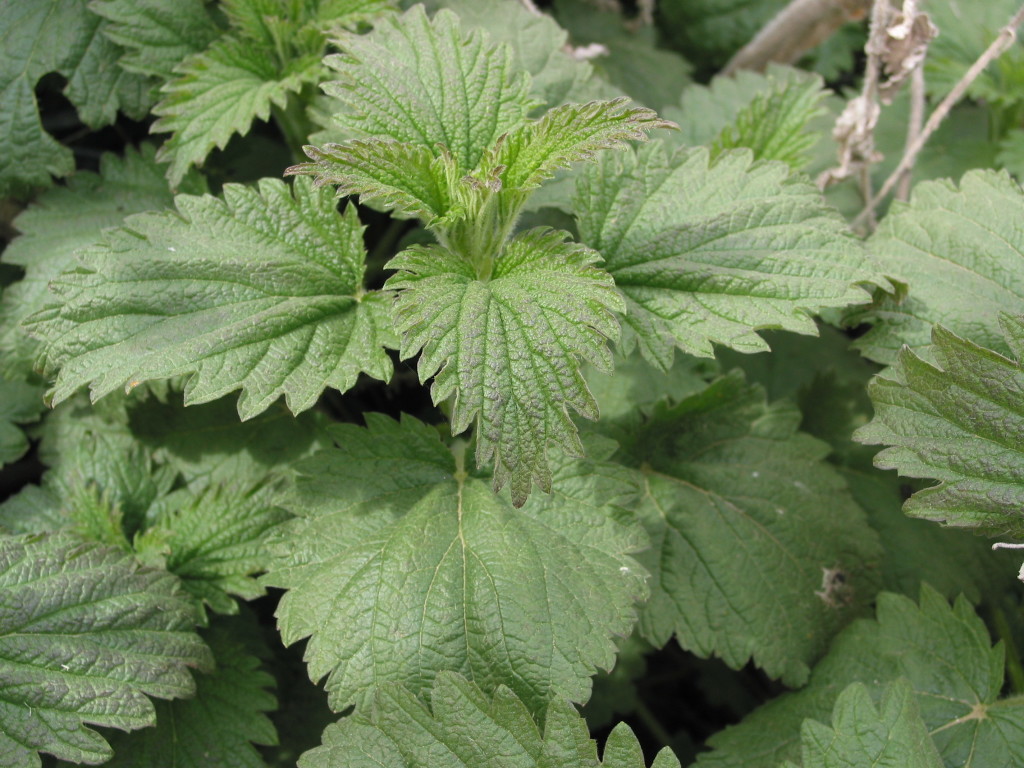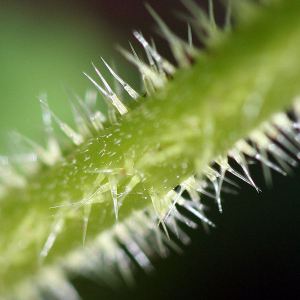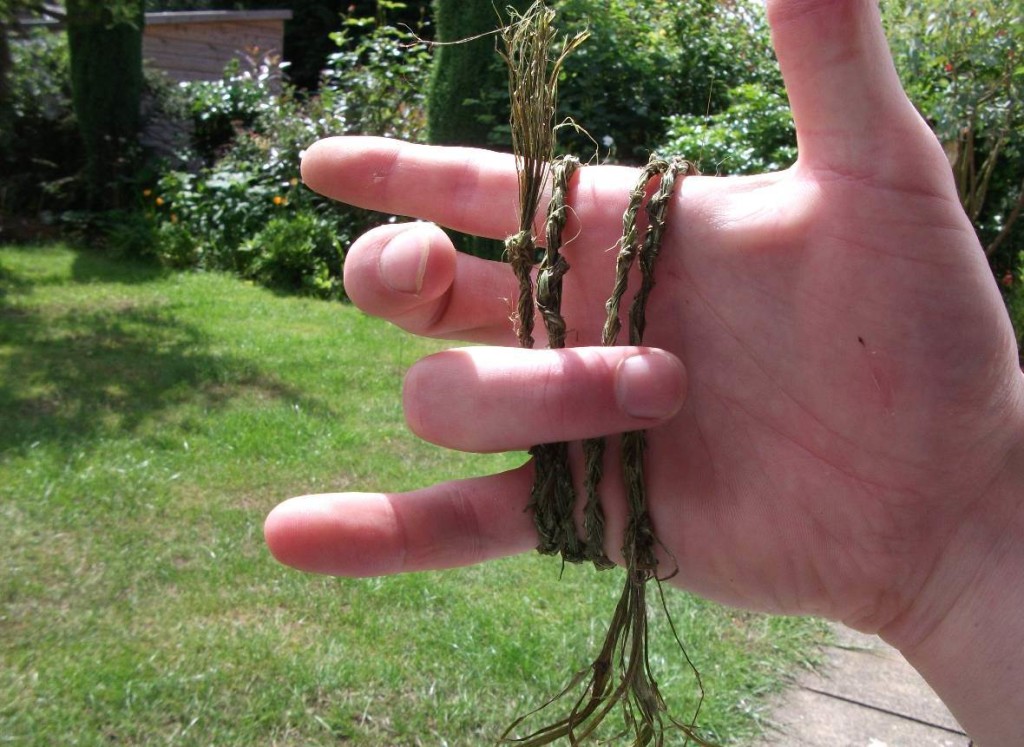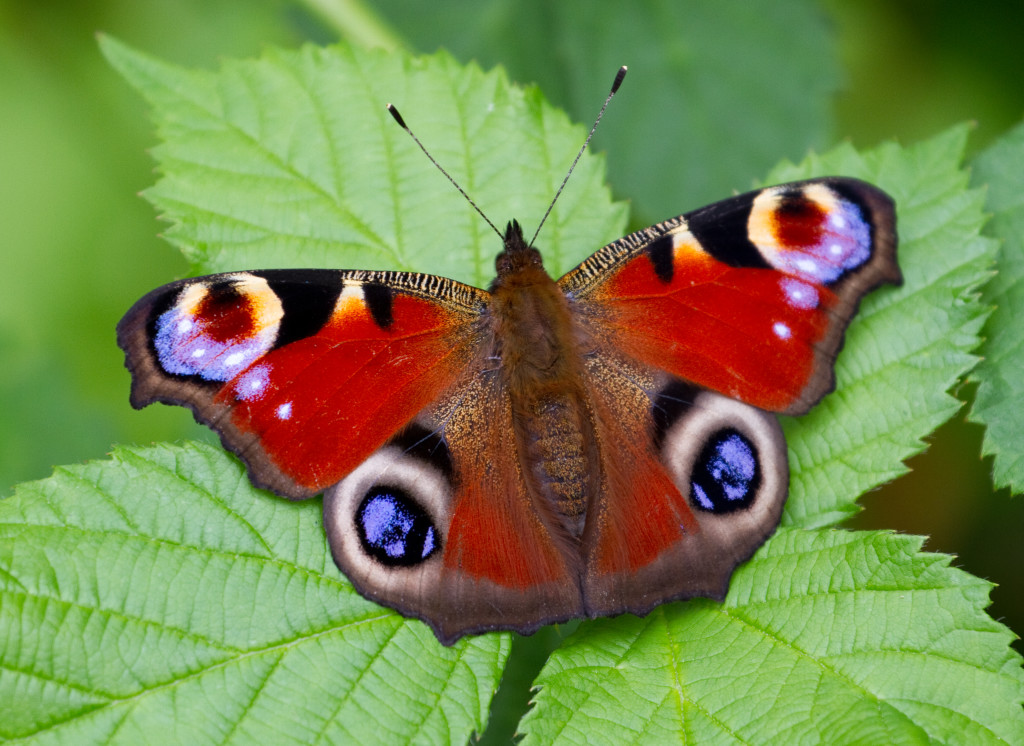By Sean Fagan
.
“Gently touch a nettle and it’ll sting you for your pains Grasp it as a lad of mettle and soft as silk remains”.
Sean O’Casey, Playwright.
.
.
Stinging Nettle – A Great Gift of Nature
Discover the Many Outdoor uses of Nettle
..
The stinging nettle has a long history of usage by humankind – as far back as prehistoric times.
It’s hardly surprising there is a large body of folklore, as well as traditional uses, associated with the humble nettle.
Widely distributed, generally abundant, a source of medicine and nourishment as well as a source of natural string & rope – the stinging nettle is of nature’s great gifts.
A plant well worth befriending…
.
About nettles...
.
Nettle Sayings:
“Nettle in, Dock out” - A belief that the leaves of dock plants (Rumex spp.), when crushed, will release a juice that provides relief for nettle stings (something I've personally found to work).
“To Grasp the Nettle” - To force yourself to be brave and do something that is difficult or unpleasant.
To ‘Nettle’ Someone - To pique, irritate, vex or provoke.
.
Nettle Facts
.Common name: Stinging Nettle
Identification: Upright, herbaceous plant with opposite, hairy, heart-shaped, toothed leaves. Green flowers in long, branched clusters springing from axils of leaves. Adapted for wind fertilization.
Scientific name: Urtica diocea (Genus name, Urtica, is derived from the latin, Uro, to burn)
Alternative names: Nettle, Greater Nettle, Common Nettle, Burn Weed, Burn Hazel, Burn Nettle.
Irish name: Neantog (pronounced Neean toag), (Scottish name: Deanntog).
Family group: Urticaceae (about 500 species worldwide, mostly tropical).
Distribution: Vast geographical range.
Stinging nettle is a tenacious coloniser of great swathes of the Northern Hemisphere and is abundant throughout Northern Europe, North America and much of Asia.
.
Nutritional Value: Exceptional. Vitamin, mineral and protein-rich. Most notably high in iron and protein (A whopping 25% of dry weight of protein).
In short, nettle is a nutritional powerhouse - and well worth adding to your outdoor diet for overall health and well being.
.
Simple Nettle Recipes: Both the roots and leaves of nettle are edible.
Nettle Tea: Place 1-2 finely chopped nettle leaves into a cup. Fill cup with boiling water. Allow to steep until cool enough to drink.
Nettle Root Powder: The root, when thoroughly dry, can be sliced thin, then ground into a sprinkling powder and used as a nutritious condiment for outdoor dishes. Can be stored as a long term food.
.
Medicinal Uses: Anaemia, constipation, allergies, chest infection, blood tonic…(there are many more).
.
Outdoor Cosmetic Uses: because nettle is so nutritious it can be used as a hair tonic. Simply steep a palm-full of chopped nettle leaves in hot water. When water is cool, rinse hair through nettle-infused water. Great for extra lustre and thickness of hair (sadly not a concern for my balding head).
.
Nettle String: The tall fibrous stalks of nettles can be processed into an excellent string – certainly strong enough for fishing line and shelter bindings (Link to short video at end of article - on how to make nettle string).
..
Selecting the Best Nettle
The peculiar Habitat Preference of Stinging Nettle
.
Nettle grows best on fertile, deep, moist soil that is partially shaded.
However, nettle can grow on open, dry soils.
The difference in texture and appearance between nettles that grows in the open and in partial shade is striking.
Nettle that grows on damp, fertile soil generally has leaves that are generally larger, softer and better tasting than the usually dry-textured, smaller leaves of nettle that grow in the open.
Nettles from damp, rich soils are usually taller – making them a good choice for string-making.
Learn 2 Quick Ways to Eat Nettle
1. Eating Raw NettleEating raw nettle is a great, quick way to obtain a filling, nutritious snack to stave off hunger pangs when outdoors.
Who needs shop-purchased snacks when surrounded by a wholesome plant like nettle?
How to Eat Raw Nettle in 5 Easy Steps
1. Gently grasp the under surface of a nettle leaf (most of the stinging hairs are found on the upper surface). If in doubt cover your fingers.
2. Cut the leaf free, by slicing through the leaf stalk.
3. Begin to fold leaf over - from the under surface only.
4. Keep folding and pressing leaf – this action will crush and neutralise the stinging hairs of the upper leaf surface.
5. Make sure all the stinging hairs are crushed by repeatedly folding.
Pop into mouth, chew and enjoy.
Warning: do not select nettle that is frequented by domestic dogs – there is a small chance that domestic dogs will urinate on nettles. If in doubt, select uppermost leaves from tall nettles (that are above dog-pee level, usually 2 feet and above).
.
2. How to Wilt Nettle in 3 Easy Steps
Wilting nettle leaves over a campfire not only neutralises the stinging hairs but can impart a pleasant, slightly roasted, crunchy texture to nettle leaves.
1. Rub the base of nettle stalk with the back of your knife or with a stick – this action will rupture and neutralise the delicate, toxin-filled, stinging hairs.
2. Cut the nettle free at the smoothed section of the base.
3. While holding the stalk base – pass the leaves over the heat of a campfire – this action will quickly wilt the leaves. Wilt the leaves until the preferred texture is acquired. Be mindful of passing the nettles too close to flames as this can burn the leaves too much. Be thorough - make sure all the stinging hairs of the leaves are neutralised by heat from the fire. When thoroughly wilted - eat heartily and enjoy.Top Tip
Dead Nettle Stalks as Tinder & Kindling
.
Each autumn, wild patches of nettle can be seen wilting, eventually dying. The dry, hollow stalks of dead nettle make an exceptional tinder or kindling for starting a campfire. Even during wet weather – cracking open the stalks lengthways - into long-as-possible lengths and exposing the dry interior of these stalks to a flame will greatly increase your chance of igniting a campfire during foul, wet weather. Even during the colder months of autumn and winter - nettle keeps on giving… ..Finishing Thoughts
.
Next time you are on a wander through a patch of wild land – and you stumble across some nettle – consider taking a break.
Maybe light a small fire, cook up some nettle and relax.
The more wild edibles you can sustainably harvest from different habitats the more connected you will become to these places.
It’s a big part of improving an individual’s bushcraft skills.
It also imparts a sense of belonging to wild places.
There is a large range of skills and knowledge associated with bushcraft. This is a good thing - because a range of bushcraft skills and knowledge is required - when living outdoors on self-propelled excursions with minimal equipment.
But bushcraft is not just about technical mastery.
Bushcraft is also be a means of emotionally connecting with wild places – places that can encourage a sense of gratitude for what nature can often generously provide.
The nutritious, medicinal, utilitarian and generally common stinging nettle is a strong example of what nature can generously provide.
Have Safe & Grand Adventures, Pioneer Bushcraft. . . RESOURCES Websites & Videos:- A Modern Herbal (outstanding website of renowned herbalist, Maud Grieve)
- How to Make String from Nettle (Short video - Ray Mears)
- Why do Nettles Sting?
.
Books:
- Identifying and Harvesting Edible and Medicinal Plants in the Wild (and not so wild) Places, Steve Brill.
- Wild Food, Ray Mears & Gordon Hillman.
- Identification Guide to Fool’s Parsley
- How Urban Botany will Improve your Bushcraft
- Bushcraft Tree Lore: the Holly
- Bushcraft Tree lore: The Sycamore
.
ADDITIONAL NETTLE INFORMATION
.
The Nettle, the Peacock and the Tortoiseshell
Butterflies associated with Stinging Nettle
.
Despite its stinging nature – nettle leaves are the caterpillar food plant for a number of butterfly species – including the peacock and small tortoiseshell butterfly - both relatively common, widespread and beautiful butterfly species in Ireland and Britain.

The caterpillars of the striking, small tortoise shell butterfly can often be found feeding upon nettle leaves (photo: Wikimedia Commons).
PIONEER BUSHCRAFT DISCLAIMER
.
The aim of this article is to provide advice that will enhance the quality of your time, and well-being, when outdoors.
Pioneer Bushcraft does not take any responsibility for the misapplication of advice in this article.
The advice in this article is very much an adjunct to, and not a substitute for, high-quality bushcraft training (including outdoor medical training), relevant research and experience, trustworthy local knowledge, thorough risk assessments and all other health & safety considerations specific and pertinent to your outdoor excursions.
Please – when outdoors, take responsibility for your well being seriously.
It can make all the difference between a great or bad outdoor experience.





Recent Comments